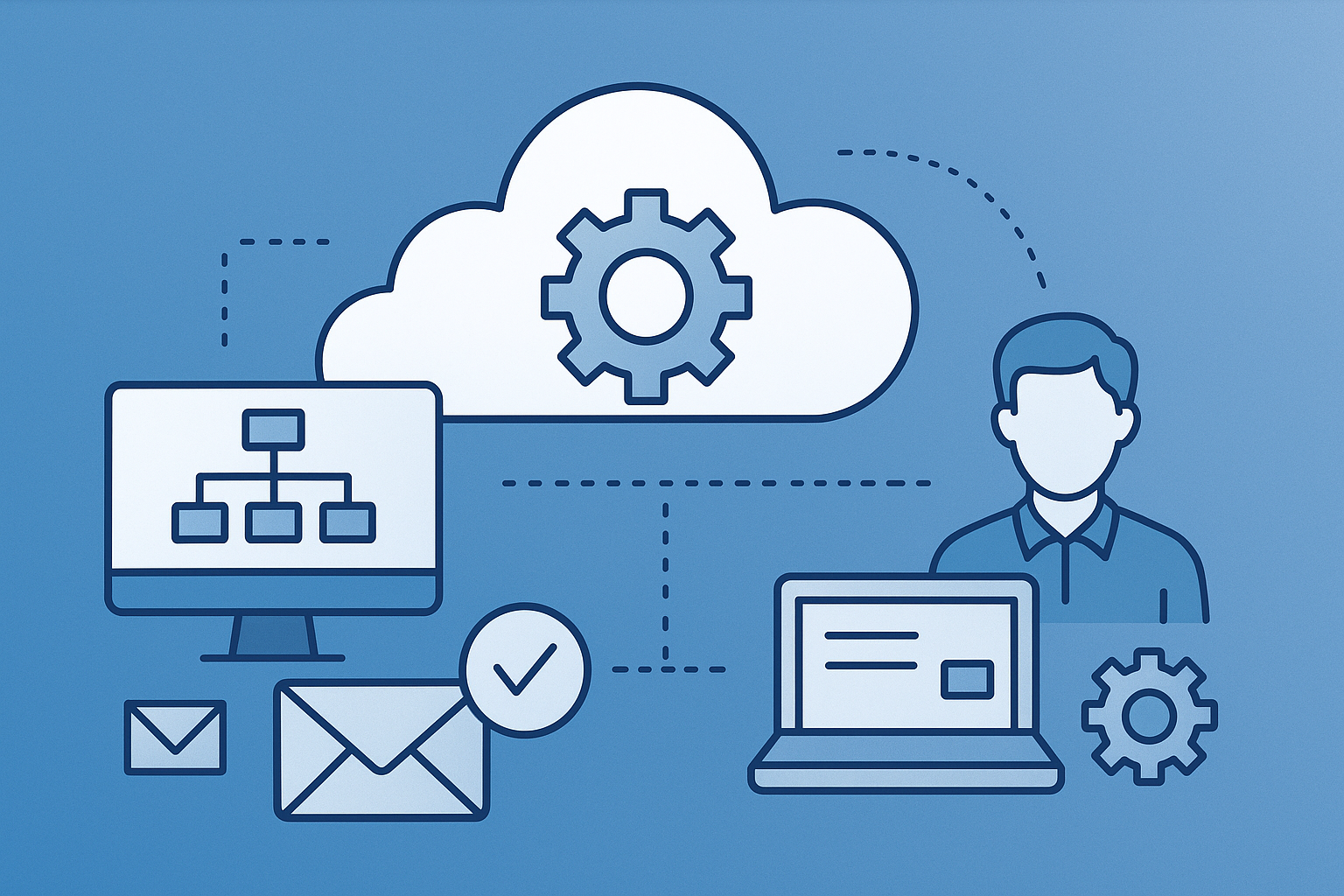The accelerated adoption of remote work has fundamentally altered how organizations approach customer relationship management (CRM). Teams spread across multiple locations frequently encounter challenges that traditional CRM platforms alone cannot resolve. Communication breakdowns, fragmented customer data, and inefficient coordination often lead to lost sales opportunities and subpar customer experiences – real issues faced by remote-first companies today.
For instance, distributed sales teams commonly struggle with inconsistent client interactions when CRM data updates fail to sync immediately across different time zones. Similarly, remote customer support units may experience delays in responding effectively due to siloed information and insufficient collaboration tools within standard CRM systems. These scenarios highlight a critical need: CRM platforms must evolve beyond mere repositories of information to become hubs of collaborative intelligence, actively supporting teamwork across geographical boundaries.
This article explores how embedding collaborative intelligence into remote CRM management can dramatically enhance team performance and customer satisfaction. Professionals leading distributed teams will learn specific strategies for leveraging advanced CRM capabilities – including integrated collaboration features, AI-driven insights, and workflow automation – to overcome common remote-working obstacles and deliver consistently outstanding customer outcomes.
How Collaborative Intelligence Reshapes Remote CRM Strategies
From Centralized Systems to Distributed Intelligence
Traditional CRM systems were built with centralized, in-office teams in mind – structured hierarchically and optimized for static workflows. As organizations shift to hybrid or fully remote models, these rigid structures often fail to support the fluid, cross-functional collaboration required to serve customers in real time.
Collaborative intelligence redefines CRM functionality by enabling dynamic, team-oriented workflows that thrive in distributed environments. It prioritizes real-time visibility, contextual communication, and shared decision-making across departments and time zones. In practice, this means integrating tools like embedded messaging, collaborative pipelines, and unified activity feeds directly within the CRM, ensuring that no stakeholder operates in isolation.
Customizing CRM Infrastructure for Remote Teams
Off-the-shelf CRM platforms often struggle to accommodate the specific workflows and operational nuances of remote teams. Sales and support professionals working from different geographies frequently need custom workflows, asynchronous update mechanisms, and interfaces that adapt to localized business logic.
This is where tailored CRM development becomes essential. Teams that invest in custom CRM solutions can design systems that align tightly with their internal structures – embedding collaboration tools, automating cross-departmental handoffs, and ensuring every user, regardless of location, has access to real-time, actionable data. For example, integrating task ownership visibility and automated follow-ups into the CRM ensures distributed teams remain synchronized without relying on external communication loops.
Custom development also allows for modular scaling, letting organizations enhance specific features – such as mobile responsiveness for field teams or role-based dashboards for decentralized decision-making – without overhauling the entire system.
Real Outcomes from Embedded Collaboration
Organizations adopting collaborative CRM strategies report tangible improvements:
- Reduced lead response time through shared deal alerts and automated routing.
- Higher customer satisfaction as remote support teams access complete interaction histories without delays.
- Increased accountability from visible activity streams and clearly defined ownership of customer touchpoints.
By embedding collaboration directly into CRM architecture – rather than treating it as a bolt-on – distributed teams gain the operational cohesion they need to consistently meet customer expectations at scale.
Building Effective Distributed CRM Teams through Collaborative Intelligence
Streamlining Communication Across Time Zones
One of the most common challenges in managing remote CRM teams is fractured communication. Asynchronous updates, unclear task ownership, and reliance on disconnected messaging apps can derail even the most well-intentioned CRM strategy. Embedding collaborative intelligence directly into CRM platforms helps mitigate these issues by centralizing team interactions and making context readily accessible.
For example, by integrating real-time commenting, task assignment, and activity tracking into the CRM interface, remote teams can communicate decisions and handoffs with full visibility. This eliminates the guesswork typically caused by scattered email threads or offline documentation, and it ensures that team members, regardless of location, stay aligned on client needs and deal progress.
Automating Workflows Without Losing Human Context
Automation is critical for scaling remote operations, but it must be implemented thoughtfully. Over-automation risks alienating both customers and internal users, especially if it strips away the personal touch or introduces rigidity. The goal of collaborative intelligence is not just to reduce manual work, but to augment human decision-making through well-designed processes.
Distributed CRM teams benefit most from automation that:
- Surfaces relevant data at key decision points (e.g., AI-powered lead scoring or churn prediction).
- Triggers actions based on cross-team events (e.g., notifying account managers when a support ticket escalates).
- Maintains contextual clarity by recording the reasoning behind key decisions within the CRM timeline.
These forms of automation support consistency without compromising flexibility – critical for teams managing high volumes of interactions across different regions and business units.
Reinforcing Accountability and Shared Ownership
In co-located teams, informal check-ins and hallway conversations often fill in the gaps of CRM activity. In distributed environments, that safety net disappears. Collaborative intelligence fills this gap by creating a persistent, transparent record of who is responsible for what – and why.
CRM dashboards designed for distributed use should provide:
- Individual and team-level performance metrics, tied to specific customer outcomes.
- Clear audit trails of communication and task completion.
- Customizable role-based views, allowing each team member to focus on relevant activities without being overloaded by irrelevant data.
When implemented correctly, these tools not only improve performance management but also foster a culture of shared ownership and trust – two elements essential for long-term success in remote CRM systems operations.
Conclusion: A New Era of CRM through Intelligent Collaboration
As remote work cements itself as a long-term reality, the role of CRM systems must evolve beyond basic data management. Distributed teams require infrastructure that supports real-time coordination, contextual decision-making, and seamless cross-functional collaboration. Traditional CRM tools, when stripped of these capabilities, limit productivity and dilute customer experience.
Embedding collaborative intelligence into CRM platforms transforms these systems into operational nerve centers – where customer interactions, team activities, and performance data are aligned and continuously updated. The payoff is measurable:
- Faster response times, driven by shared visibility and automated handoffs.
- Higher data accuracy, thanks to synchronized workflows and reduced manual entry.
- Greater accountability, enabled by transparent activity histories and performance dashboards.
Forward-thinking organizations are already shifting their CRM strategies to reflect this paradigm. Those that fail to adapt risk falling behind in both operational efficiency and customer retention. But for companies willing to invest in smarter, custom-built CRM ecosystems designed for distributed environments, the future is one of scalable collaboration, accelerated growth, and deeply informed customer engagement.
Published: July 18, 2025





